What Is the Best Way to Teach Reading Fluency to 2nd Graders
This mail service contains chapter links. As an Amazon Acquaintance I earn from qualifying purchases.
Today we're sharing ten ways to improve reading fluency!
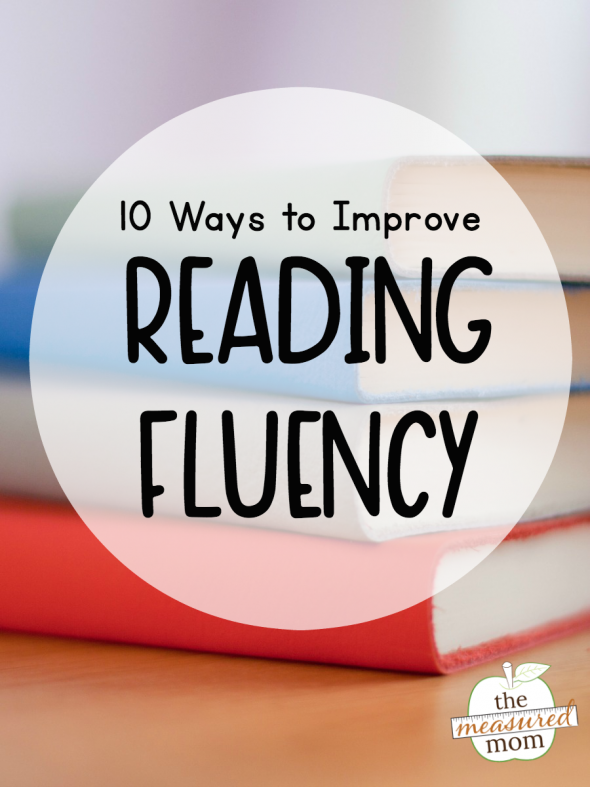
This postal service contains chapter links.
Nosotros talk a lot about the importance of phonics.
We're e'er on the hunt for sight discussion activities.
And we know that comprehension deserves major attention.
What about fluency?
Reading fluency is an essential element of reading instruction in M-2. Today we'll talk about ten ways to meliorate information technology.
What is reading fluency?
Reading fluency is the power to read with speed, accurateness, and proper expression.
Do yous know a reader who struggles with fluency?
He. reads. every. word. similar. this.
Or maybe you know a reader who trips over words. To her, reading is awkward and painful.
I personally know a reader (right in my own house) who reads automatically and with little stumbling. But he readslikethiswithoutabreath. I accept to remind him to read with expression, to pay attention to punctuation, and to read with inflection in his vox.
Why is fluency important?
Whether our learners read haltingly, stumble over words, or read without expression, comprehension suffers.
Better fluency leads to greater understanding.
10 Ways to improve reading fluency
1. Read aloud to children to provide a model of fluent reading.
It's mutual for chief teachers to read aloud to their students. But equally students get older, the treasured Read Aloud becomes something we do "if we have fourth dimension."
A regular read aloud catamenia is a must in any elementary classroom. No affair their age or ability, children demand a frequent model of fluent reading. Not sure what to read? My go-to resource for volume lists is What Do We Exercise All Mean solar day.
Besides read: Why we should nevertheless read aloud to struggling readers
two. Have children listen and follow along with sound recordings.
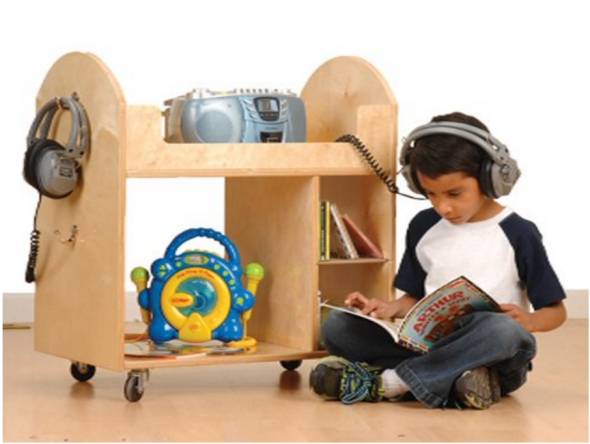
A large listening library is ideal. If your schoolhouse'due south budget doesn't allow it, infringe audio books from the library and identify them in your listening center. Some teachers even tape themselves as they read aloud to their class – so they place the recording in the listening center.
iii. Do sight words using playful activities.
When children know many words by sight, they're less probable to be awkward, inclement readers. I prefer games over flash cards. Thankfully, This Reading Mama and I have many ideas and printables to assist you out!

- Printable sight discussion list
- 25 low-prep sight word activities
- Sight discussion activeness cards
- Ringlet & write sight words
- Sight words rhyming game
- Sight discussion Blackout
EDITABLE READING GAMES – TYPE IN YOUR Own WORDS

Editable Reading Games for Every Flavour – MEGA PACK!
$24.00
These big collection of editable games has multiple options for every flavour. Learning sight words has never been then fun!
four. Allow children perform a reader's theater.
Reader'due south theater requires no set or costumes and is a fantastic style to improve fluency. Children take turns reading their parts from a script and bring the text alive through their voices.
To create a script, create an original play with speaking parts or adapt a familiar story by typing it up into several speaking parts.
Looking for free done-for-y'all scripts?
- Free reader's theater scripts from Dr. Chase Young
- Reader'due south theater scripts from Teaching Centre
five. Do paired reading.
Some teachers have made paired reading (likewise chosen "buddy reading") a daily practice within their literacy block.

To practice paired reading, put students in pairs and take them read to each other. Pair more fluent readers with less fluent readers, but be careful non to make the power gap too groovy. Children can take turns reading by sentence, paragraph, or page.
In a one-on-i situation, the developed and kid tin can have turns reading.
Besides read: How to apply paired reading
YOUR STUDENTS Volition Honey OUR PARTNER PLAYS!
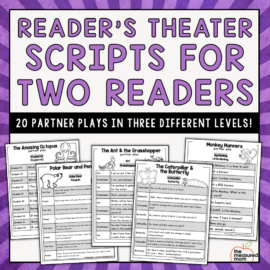
Partner Plays: Reader's Theater Scripts for two Readers
$20.00
These hilarious partner plays come up in three levels each … students and teachers love them!
6. Try echo reading.
With echo reading, the teacher displays an enlarged text so that students can follow along. This might be a Large Book or a text displayed on an interactive white board. The teachers often points to words equally she reads a sentence or short paragraph. So she points to the words again as students echo her reading.
When I was in graduate school I tutored a (very) tall sixteen-year-old who was reading at a second class level. In his spare fourth dimension he would much rather listen to rap than open a volume.
I brought a volume of Shel Silverstein poetry to our session, and together nosotros did an echo reading of a funny verse form. As he felt his reading grow stronger, this towering football player began enjoying himself. "This is tight!"
7. Do choral reading.
With choral reading the teacher reads an enlarged text several times until students are familiar with it. Then the class joins her equally they read the text together. Nursery rhymes, songs, and funny poems are fantastic for choral reading.
8. Do repeated reading.
Echo reading and choral reading are both forms of repeated reading. Repeated reading is also something that students can do individually.
Choose a short passage of 100-200 words. Students can read the same passage multiple times. Accept them time their reading and graph their results to see a visual record of improvement. A variation is to fix a timer for 1-ii minutes and have students tape how many words they read during each reading. Again, use a graph to chart progress.
9. Exercise "scooping" phrases.
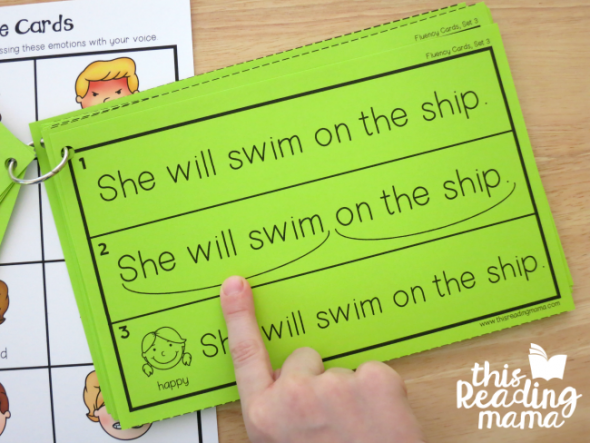
While nosotros encourage first readers to point to each give-and-take as they read, this is something we want our readers to grow out of. Enter scooping phrases! Simply write a short passage on paper. So guide your learner as he reads the passage and draws curved lines under each phrase. I highly recommend This Reading Mama's done-for-you pack!
10. Have your students exercise a lot of reading – at a level they can read independently.
I recommend using decodable text with beginning readers. Thankfully it's get much easier to find quality decodable text! Requite students regular practice with these texts so they can put their phonics skills into practice.

Get your free cheat sheet for improving fluency!
Build fluency with our reader'due south theater pack
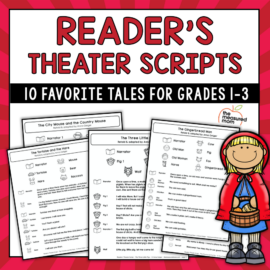
Reader's Theater Scripts – Familiar Tales for Grades 1-3
$12.00
Build fluency with this gear up of 10 easy-to-read Reader's Theater scripts! These familiar tales are perfect for learners in grades one-3.
Source: https://www.themeasuredmom.com/10-ways-to-improve-reading-fluency/
0 Response to "What Is the Best Way to Teach Reading Fluency to 2nd Graders"
Postar um comentário